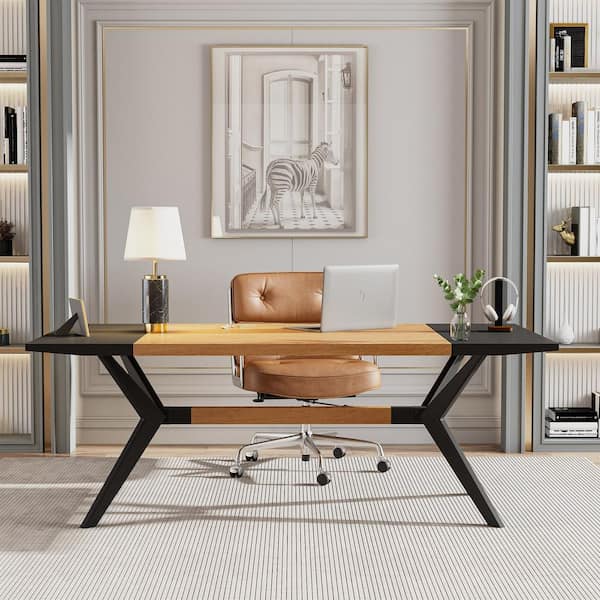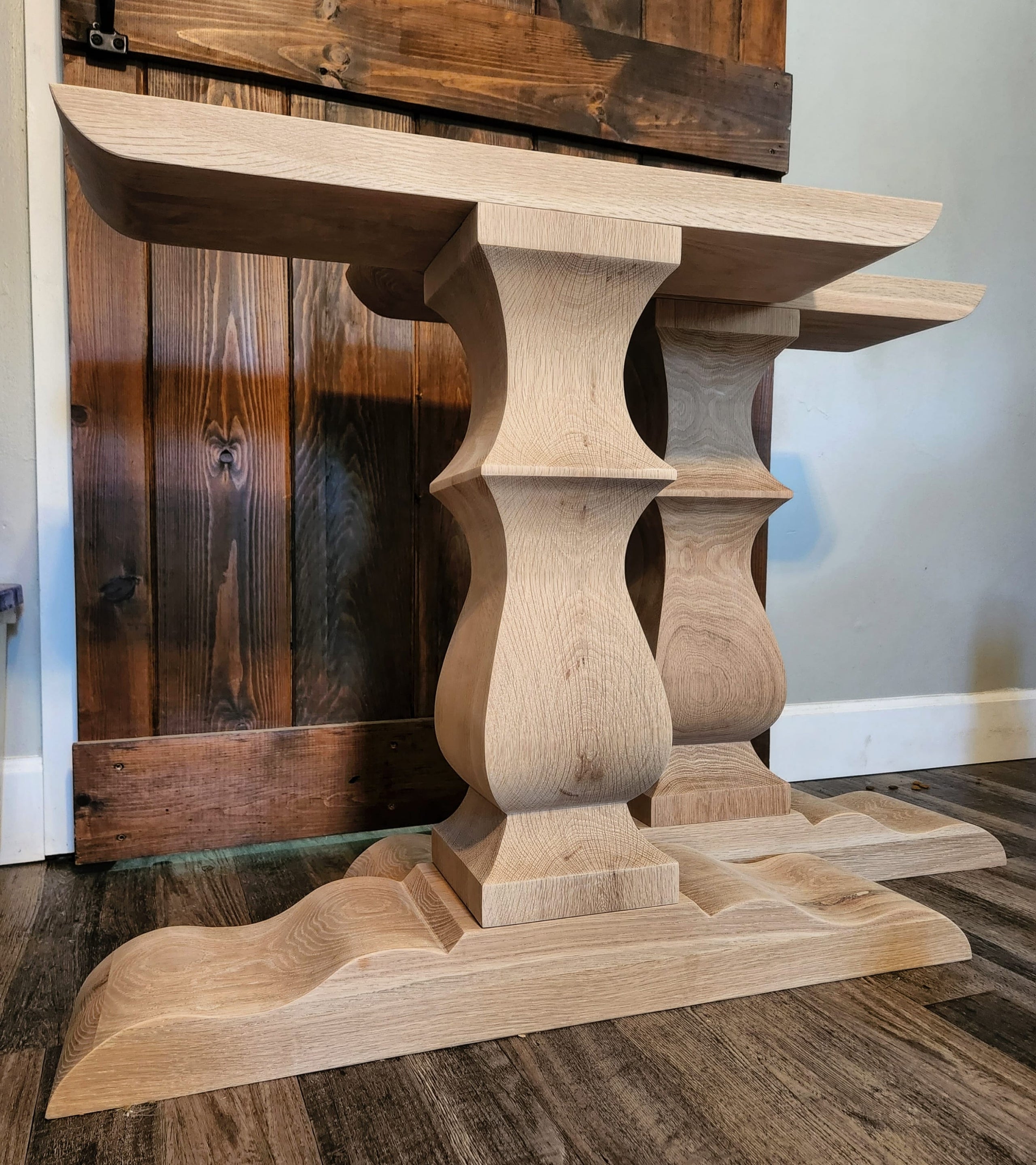Dining Room Table Legs: What to Consider Before You Buy
Dining Room Table Legs: What to Consider Before You Buy
Blog Article
A Comprehensive Look at Dining Table Leg Styles: Locating the Suitable Match
Picking the ideal table leg style is critical for both visual appeal and practical capability. Standard four legs supply ageless beauty and security, while the pedestal base provides raised legroom and a contemporary look. For those with bigger tables, trestle legs guarantee sturdy assistance, whereas hairpin legs present a mid-century contemporary ambiance with their minimalist layout. The x-shaped legs blend modern style with boosted stability. Each of these options brings special benefits, making the option more than simply an issue of preference. Explore even more to discover which style perfectly enhances your dining room and way of life.
Conventional Four Legs
Among the numerous kinds of eating table leg styles, the conventional four-leg design remains a timeless selection for several houses. 4 legs offer balanced support, making certain the table continues to be steady and capable of bearing significant weight (dining room table legs).
From a visual point of view, the conventional four-leg design can be easily adjusted to different interior designs. Whether crafted from timber, metal, or a mix of products, these legs can be elaborately carved, streamlined and minimalistic, or anything in between. Their adaptability allows them to complement both rustic and modern setups effortlessly.
Additionally, the straightforward structure of the four-leg style helps with convenience of activity and placement within an area. Unlike more complex bases, this design reduces blockages, supplying sufficient legroom for restaurants. In summary, the traditional four-leg table leg style weds withstanding style with functional functionality, making it a sharp choice for those looking for both form and feature in their dining furnishings.
Pedestal Base
Commonly celebrated for its classy and space-efficient design, the stand base is a distinguished choice to the conventional four-leg arrangement in table leg designs. This distinct base usually includes a single main column sustaining the tabletop, which can differ in kind, from ornately carved timber to streamlined, contemporary steel. One of the primary advantages of the stand base is its capacity to maximize legroom and seating versatility. Without edge legs, restaurants are afforded higher liberty of movement, making it an optimal selection for round and oval tables that promote more intimate and comprehensive celebrations.
In addition, the stand base's main assistance can take care of substantial weight, enabling using much heavier tabletops, such as marble or thick hardwood. This strength coupled with its aesthetic flexibility makes the pedestal base a popular selection in both traditional and contemporary indoor settings. It can perfectly incorporate with different layout themes, from timeless beauty to minimalist modernity. Moreover, the central column itself provides a canvas for elaborate designs and artistic expressions, including a component of visual passion under the table. In recap, the pedestal base combines capability with design, making it a fine-tuned and useful option for varied dining environments.
Trestle Legs
Trestle legs provide a durable and ageless structure for dining tables, characterized by their straight cross-bracing and sturdy assistance beams. Stemming from medieval times, this style has progressed yet kept its essential framework, making it a perennial favorite in both traditional and contemporary setups. The central trestle light beam, frequently sustained by two or even more upright messages, supplies outstanding stability, enabling bigger table lengths without the requirement for added why not try this out legs.
A considerable benefit of trestle leg tables is the ample legroom they use. Unlike tables with 4 corner legs, the absence of blockages at the table's sides offers unblocked room for chairs and diners, improving convenience and ease of access. This makes trestle tables suitable for accommodating larger events, whether in an eating area or a banquet hall.
The aesthetic adaptability of trestle legs is significant. Available in a range of products such as timber, steel, and composite, they can be finished to complement a vast array of indoor styles. From rustic farmhouse to sleek contemporary styles, trestle legs can be tailored to fit individual tastes. Their enduring charm and practical advantages make trestle legs an engaging selection for those looking for both design and practicality in their table.
Barrette Legs

The charm of barrette legs depends on their simplicity and convenience - dining room table legs. Available in a variety of products, including steel and brass, they can be completed in countless colors to complement various indoor styles. Whether matched with a rustic wood table top or a modern glass surface, hairpin legs effortlessly mix capability with a touch of vintage charm
Toughness is an additional noteworthy function of barrette legs. Regardless of their fragile look, these legs are crafted to birth substantial weight, guaranteeing the dining table stays steady and safe and secure. Additionally, they are relatively very easy to set up, making them a preferred selection for DIY fanatics and specialist furniture makers alike.
X-Shaped Legs

Constructed from products such as steel, timber, or a combination of both, X-shaped legs can be customized to match various style choices. Steel legs frequently offer a sleek and industrial feeling, perfect for loft-style houses and modern-day dining spaces. On the various other hand, wood X-shaped legs offer a warmer, a lot more rustic allure, suitable for farmhouse or eclectic insides. The versatility in materials enables home owners to customize their table to much better fit their total design scheme.
Furthermore, the engineering behind X-shaped legs makes sure also weight circulation, decreasing the threat of tottering and boosting resilience. This makes them especially appropriate for larger table that need extra support. Essentially, X-shaped legs blend useful engineering with contemporary looks, making them an ageless option for varied dining atmospheres.
Final Thought
An extensive understanding of eating table leg designs reveals the distinct features and advantages of each design. Trestle legs ensure durable support for bigger tables, and hairpin legs introduce a mid-century contemporary aesthetic.
Report this page